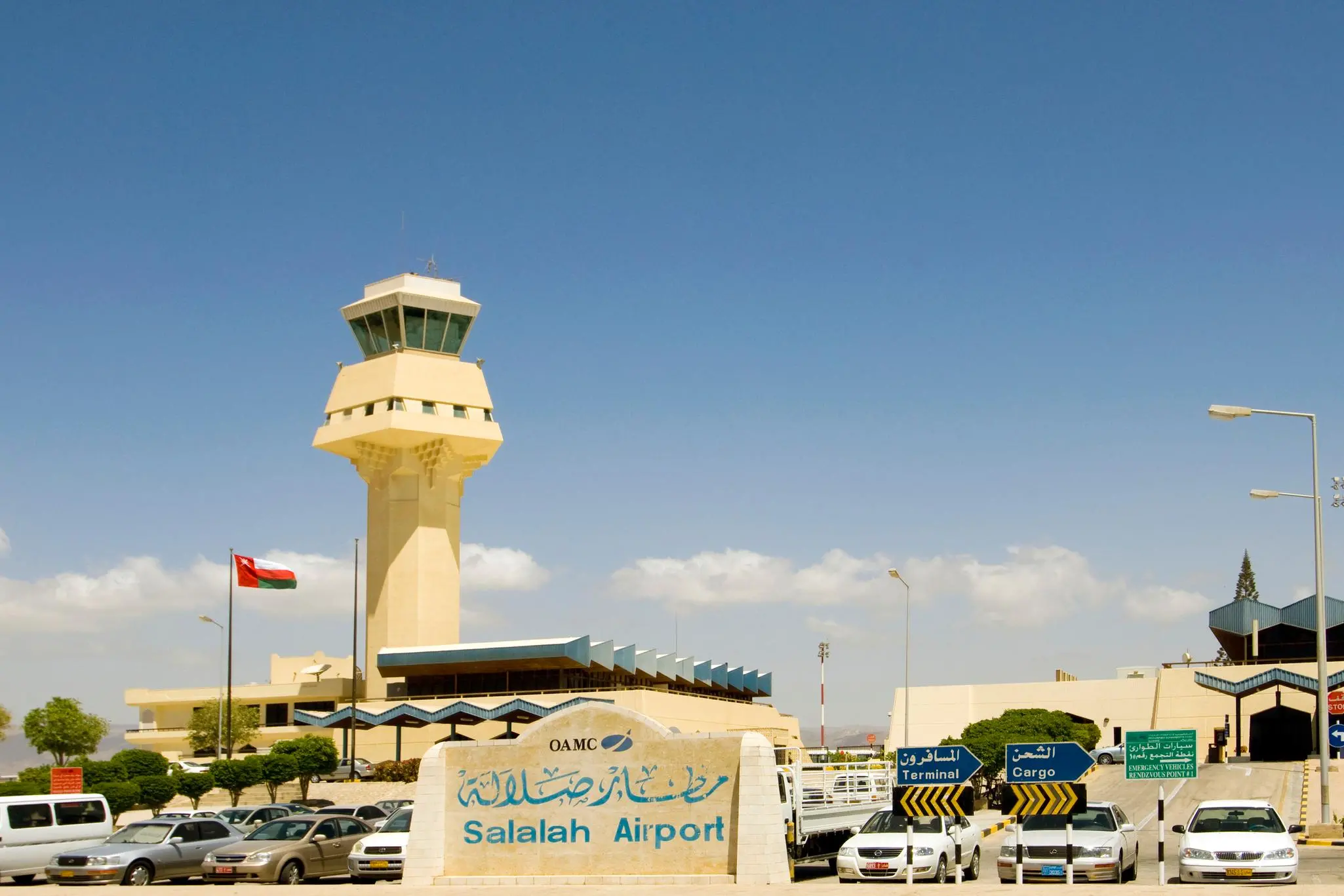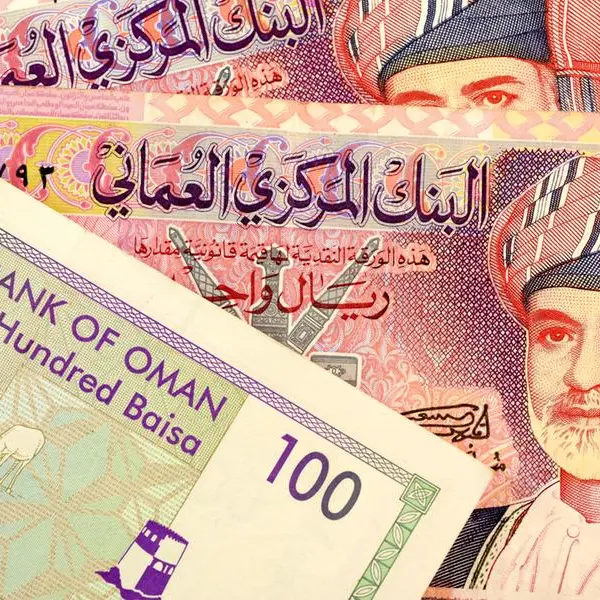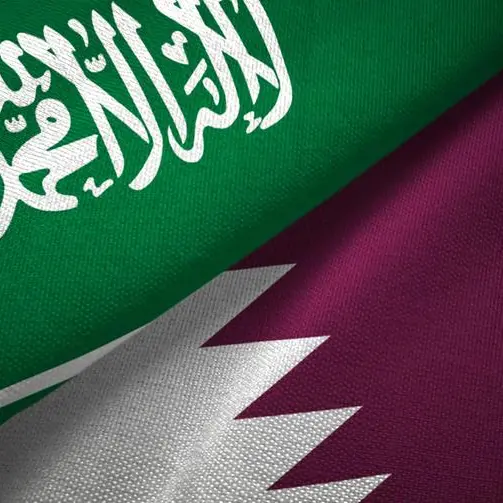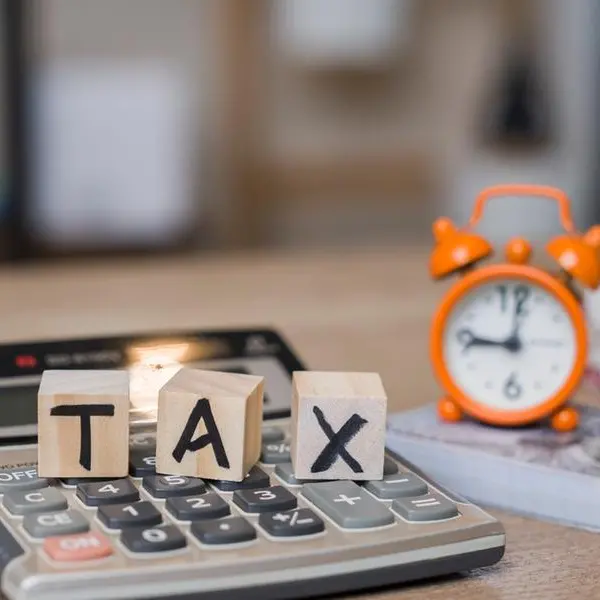PHOTO
Muscat: Ahead of reopening airports in Oman for passengers and commercial flights, the country’s Civil Aviation Authority has issued rules for those arriving to and departing from the Sultanate, to prevent the spread of COVID-19.
The guidelines include the procedures passengers need to follow before they arrive at the airport, and while they are on board the plane.
As part of the preparations for reopening, Muscat International Airport on Friday organised a preparedness drill involving locals and residents in the country.
Passengers departing from the Sultanate must provide the required documents, and go through the examinations and procedures of the destination country. Online check-in prior to arriving at the airport is also highly recommended.
“Passengers must arrive at the airport at least three to four hours before their departure time,” added the CAA guidelines. “Travellers may carry only one handbag with them and an additional bag from the duty-free shop to avoid crowding at security points and in the airplane.
“All travellers are to fill in and sign a health declaration form to confirm they do not have COVID-19 and its symptoms,” the advisory stated. “No passenger suffering from COVID-19 or its symptoms indicated by the Ministry of Health, may be allowed to enter the airport.”
All passengers are to wear face masks in a proper manner at the airport. When required, however, they are required to remove them to show themselves to the authorities. Social distancing and adherence to instructions posted on signs in the airport is a must.
“All passengers shall have their temperature checked upon entering the building, and they will only be granted access if their temperature is below 38 degrees Celsius,” added the advisory.
Additionally, to minimise gathering in public places, only passengers who are scheduled to fly are allowed access to the airport. Non-passengers are only allowed in case they are required to help those with reduced mobility and/or disability.
All Omani nationals must have health insurance valid for COVID-19 treatment in the country to which they are travelling, while locals, residents and visitors are allowed to leave the country without securing a travel permit first. However, returning to Oman is only possible for Omani nationals and expats with valid resident cards.
“Those quarantined are required to report any COVID-19 symptoms when they are noticed, and declare their infection if confirmed,” said the government body.
“Hands must be washed with soap and cleaned with hand sanitisers after any documents are exchanged. Sanitisers are available at all airport facilities.
“All used face masks and gloves are to be disposed of in the designated waste bins, and whenever possible, it is highly recommended to pay electronically and use self-service counters,” said the CAA.
Passengers returning to Oman must have first completed a PCR test in their country of departure, and on arrival, must pay a fee of OMR25, and adhere to the precautionary rules. People who intend to stay in Oman for up to a week must register on the Tarassud+ COVID-19 monitoring app, while those who plan a longer stay must also wear the monitoring bracelet and quarantine themselves for up to two weeks.
Children under the age of 15 years, and air crew, are exempt from the COVID-19 PCR tests, while the latter are not required to follow the quarantine procedures either.
The CAA said, “all visitors are required to have health insurance that covers the costs of treatment with Covid-19 for a period of one month. All arrivals shall download the application before arriving or on arrival in Oman, and shall have their temperature measured, and those with COVID-19 symptoms shall be directed to the designated clinics for examination.
“Foreigners coming to Oman must ensure the availability of adequate housing during the quarantine period,” the authority went on to say.
“Physical distancing must be maintained at security points, luggage collection, and at customs inspections, while non-travellers may not enter the airport without a proper permit.”
Prior to boarding, passengers must avoid being too close together. Social distancing is obligatory during this stage of travel, and adherence to physical distancing must be followed at all times.
“All passengers are to remain seated in the plane during the flight,” advised the Civil Aviation Authority. “Only move when it is necessary or when asked to exit the plane upon arrival.”
© Muscat Media Group Provided by SyndiGate Media Inc. (Syndigate.info).












